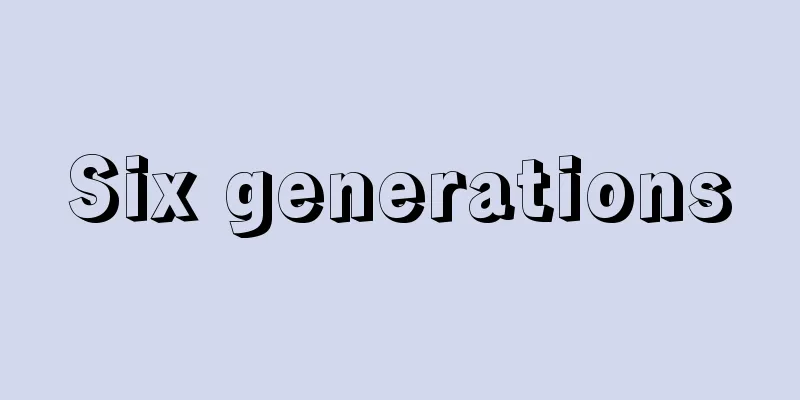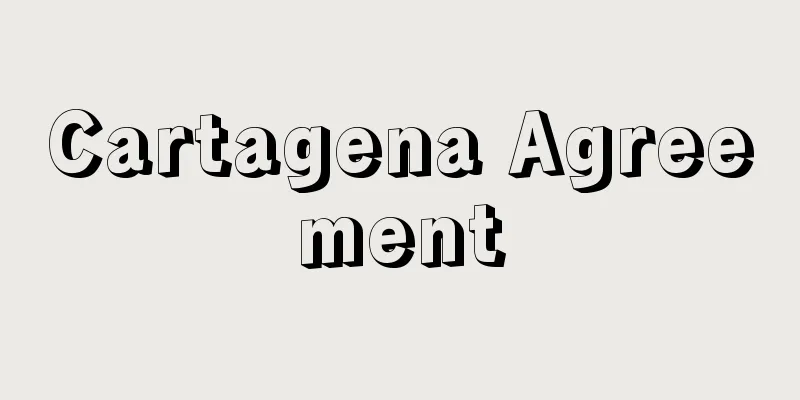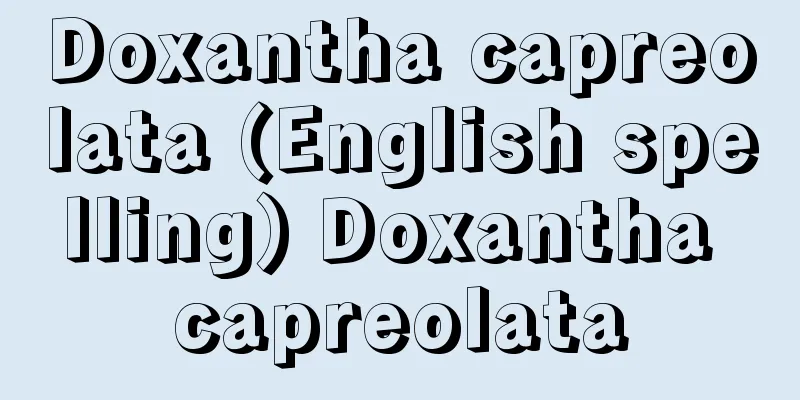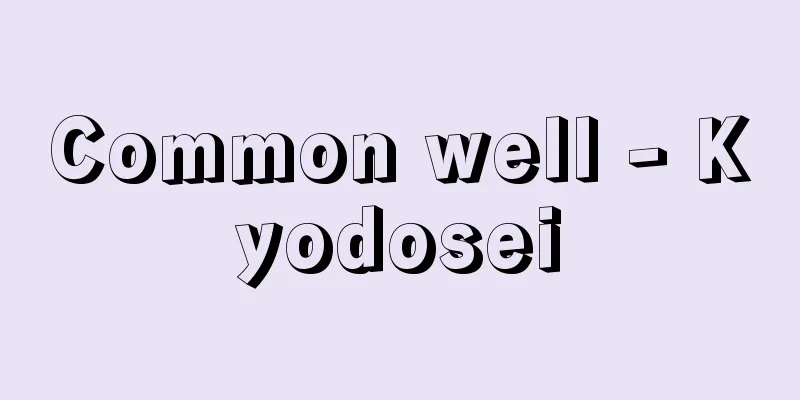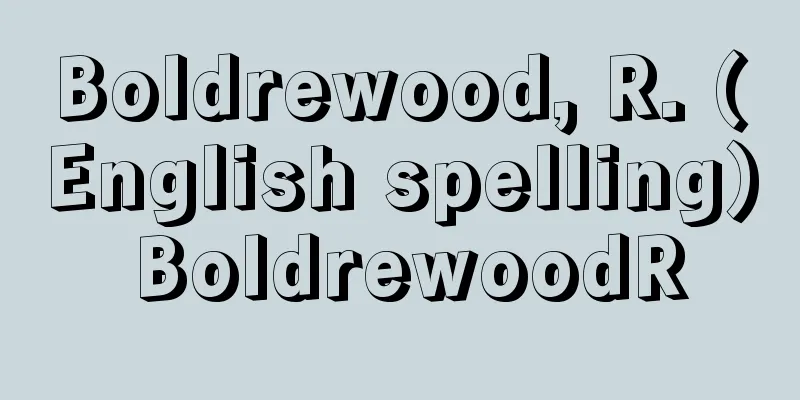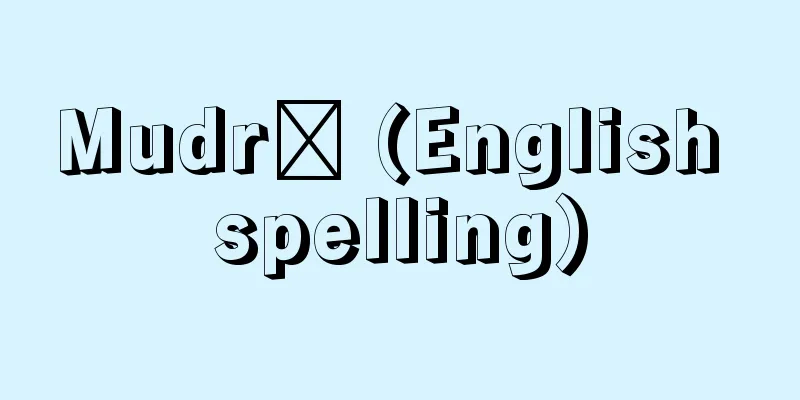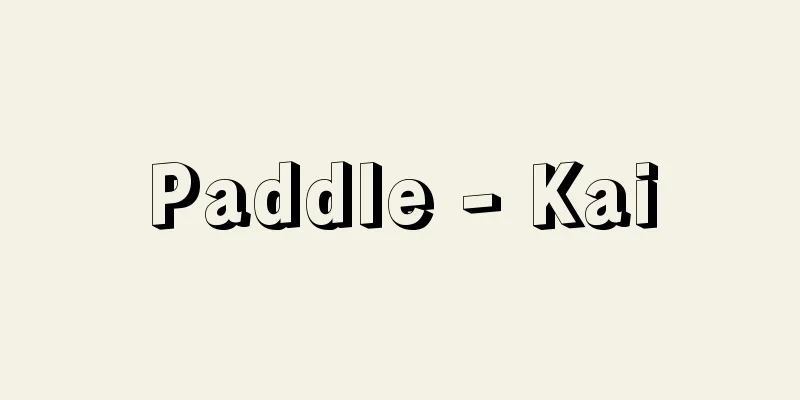Pictograph - shokei moji (English notation) pictograph
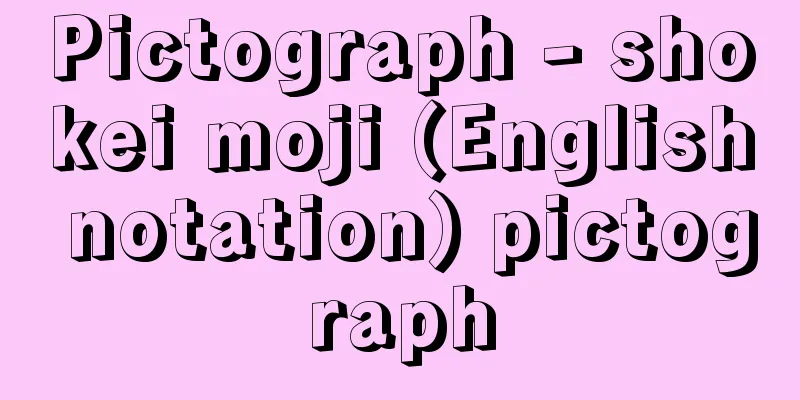
|
It is generally used as a term for a branch of character classification, and specifically for ancient Egyptian writing (hieroglyphics, hieroglyphics). The former term originally arose as a classification of Chinese characters, based on one of the so-called "Six Scripts" (indicative, pictographic, compound ideographic, phono-semantic, inflected, and borrowed) that Xu Shen (2nd century AD) classified in his Shuowen Jiezi. "Pictographic" here refers to Chinese characters that pictorially depict the shape of the object they represent, such as "sun" or "moon." However, Chinese characters as a whole are often considered to be a type of pictograph, and various related ancient characters (Mayan and Aztec characters, ancient Mediterranean characters, ancient Luvian characters, and especially ancient Egyptian characters) are also often called pictographs in this sense. Ancient Egyptian writing is called hieroglyphics (hieroglyphs) according to the classification given by Herodotus in his Histories (here he lists three forms of Ancient Egyptian writing), but is more commonly known as Egyptian hieroglyphics or simply hieroglyphics. The other two in Herodotus' classification, hieratic and demotic, are cursive forms of monumental hieroglyphics that are less hieroglyphic in nature. The origin of Egyptian hieroglyphics is not entirely clear, but the earliest written remains date back to around 3000 BC. One such monumental tablet is the "Narmer Palette," and the allegorical paintings contained therein are reminiscent of the precursors of Egyptian hieroglyphics. However, it is believed that the writing was phonetic (only expressing consonants) from a very early period, and, influenced by the Mesopotamian writing system, determinants (ideograms placed at the end of words to indicate their approximate meaning) began to be used. The cartouche (a semicircular enclosure at the front and back) used to write the names of royalty is also one such determinant. The types of Egyptian hieroglyphics vary slightly between the early and later periods, but approximately 750 types were used in the Middle Kingdom. The glyphs depict gods, men and women, birds, fish, animals, plants, buildings, ships, clothing, various tools, and many more of unknown origin. Overall, however, they are highly representative representations of the ancient civilization along the Nile. The writing direction is generally from right to left, but there are also cases where the same inscription contains inscriptions written from right to left and left to right, and vertical inscriptions are extremely common. Living things (gods, humans, birds, animals, etc.) face a certain direction (opposite to the writing direction). Egyptian hieroglyphics fell out of use at the end of the 4th century after more than 3,000 years of use. Using the Rosetta Stone (an inscription using two types of Egyptian characters and Greek characters) discovered by the French army during their invasion of Egypt in 1799 as a main clue, Frenchman Jean-François Champollion deciphered the basic usage of the characters and published his decipherment in 1822. Since then, research into Egyptian hieroglyphics and the ancient Egyptian language written in these characters has flourished, and Egyptology has made rapid progress. [Yajima Fumio] "Hieroglyphics: The Sacred Writings of the Ancient World" by Penelope Wilson, translated by Natsuki Mori (2004, Seidosha)" ▽ "An Introduction to Hieroglyphics" by Ichiro Kato (Chuko Shinsho)" ▽ "The World of Ancient Writings: From Egyptian Hieroglyphics to Linear B" by Maurice W.M. Pope, translated by Norimitsu Karasu (Kodansha Academic Library)" [References] | | | | | | | |Source: Shogakukan Encyclopedia Nipponica About Encyclopedia Nipponica Information | Legend |
|
一般に文字分類の一部門に対する用語として使われる場合と、とくに古代エジプト文字(ヒエログリフ、聖刻文字)に対して使われる場合がある。 前者はもとは漢字分類の用語として生じたもので、許慎(後2世紀)が『説文解字』で行った漢字分類であるいわゆる「六書(りくしょ)」(指事、象形、会意、形声、転注、仮借)の一つに基づいている。ここでの「象形」は、漢字のなかで「日」とか「月」のようにそれが表す事物の形を絵画的に描き出している文字のことである。しかし、漢字全体がしばしば一種の象形文字とみなされ、またこれに類する各種の古代文字(マヤ・アステカ文字、地中海古代文字、太古ルーウィー文字、とりわけ古代エジプト文字)も、これに準じてしばしば象形文字とよばれている。 古代エジプト文字は、ヘロドトスが『歴史』で行った分類(ここでは古代エジプト文字の3種の書体)に従ってヒエログリフ(神聖な刻文、聖刻文字)とよばれるが、一般にはしばしばエジプト象形文字、あるいは単に象形文字とよばれている。ヘロドトスの分類の他の二つ、それぞれヒエラティック(神官文字)とデモティック(民衆文字)は記念碑体ヒエログリフの草書体であり、象形文字的性格が薄れている。 エジプト象形文字の起源はかならずしも明白ではないが、もっとも早期の文字遺物は紀元前3000年ごろにさかのぼる。「ナルメルのパレット」とよばれる紀念書板はその一つであり、これに含まれる寓意(ぐうい)的な絵画はエジプト象形文字の前身を思わせる。しかし、この文字はごく初期から表音性(ただし、子音のみを表記するもの)をもっていたと考えられ、またメソポタミア文字体系の影響を受けて、限定符(単語の末尾に置かれ、そのおよその意味を表示する表意文字)が使われるようになった。王族名の表記に用いられるカルトゥーシュ(前後が半円形の囲み)も限定符の一つである。 エジプト象形文字の種類は、初期と後期で若干異なるが、中王国ではほぼ750個ほどが使われていた。文字図形は神々や男女、鳥、魚、動物、草木、建物や船、衣装や各種の道具のほか、起源の不明なものもかなりある。しかし、全般として、ナイル河畔の古代文明をきわめて具象的に表現している。書字方向は右から左が一般的であるが、同一碑文に右から左および左から右の方向の刻文が使われている場合もあり、縦書きの刻文もきわめて多い。生物(神、人間、鳥、動物など)は一定の方向(書字方向と反対の方向)を向いている。 エジプト象形文字は3000年以上の使用ののち4世紀末に使われなくなった。1799年エジプトに進攻したフランス軍により発見されたロゼッタ石(2種のエジプト文字およびギリシア文字を用いた対訳刻文)をおもな手掛りとして、フランス人ジャン・フランソワ・シャンポリオンはこの文字の基本的な用法を解明し、1822年にその解読を公表した。それ以後、エジプト象形文字、および、この文字により記された古代エジプト語の研究が盛んになり、エジプト学は急速に進歩した。 [矢島文夫] 『ペネロペ・ウィルソン著、森夏樹訳『聖なる文字ヒエログリフ』(2004・青土社)』▽『加藤一朗著『象形文字入門』(中公新書)』▽『モーリス・W・M・ポープ著、唐須教光訳『古代文字の世界――エジプト象形文字から線文字Bまで』(講談社学術文庫)』 [参照項目] | | | | | | | |出典 小学館 日本大百科全書(ニッポニカ)日本大百科全書(ニッポニカ)について 情報 | 凡例 |
>>: Shangjing Huiningfu (English spelling)
Recommend
Station post
...The purpose of the arc horn is to cause a flas...
Keio University
It is a private institution whose origins date ba...
Hyoe - Hyoe
〘Noun〙① Under the Ritsuryo system, military office...
Stagnation point - stagnation point
A stagnation point is a point in a flow where the ...
Cased House - Cased House
...The third form of visiting deities is not one ...
toponymy
…In the publishing industry, researchers from all...
Capeika
Kopjejka is a unit of currency in the Russian Fede...
Newgate Prison - Newgate Prison
A prison located in the City of London, England. E...
Wei Zifu
…A native of Pingyang (Linfen County, Shanxi Prov...
Lake Toro - Scales
This is a lagoon lake in Shibecha Town under the ...
Deep sea fishing
A general term for deep-sea fisheries. Fishing gro...
Invalids
… The same thing is happening in the United State...
Saints
〘Noun〙① A person with outstanding knowledge and vi...
Laxative - gezai
Also called laxatives, laxatives are drugs that s...
Tcherepnin
Russian-born composer and pianist. Born in St. Pet...
